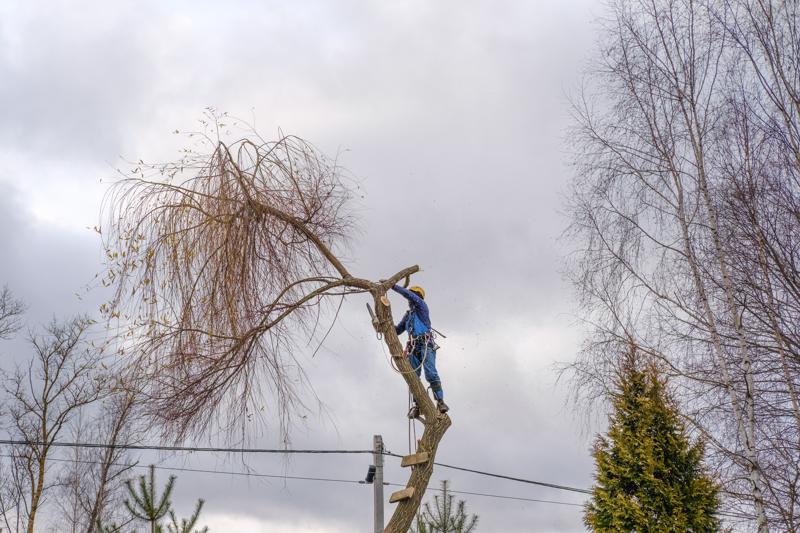How to Spot a Dying Tree Prior to it's Overdue

Tree removal is a complex and potentially hazardous task. If a tree has died or ill-healthed, or is at risk to fall, the tree might need to be removed to prevent damage to the property and to ensure safety. But how can you tell when a tree must be cut down? We’ll take you through the warning signs to be looking at and guide you decide when it’s time to call experts.
Dead or Dying Trees
One of the evident signs that a plant should be removed is when it is dead or dying. Dead trees do not have leaves and may have a lifeless appearance. If a tree has no leaves or evidence of new growth, it’s probably dead. Additionally, the bark of dead trees could be cracked, dry, or peeling.
Trees that are diseased
The trees that are sick can pose a threat to other plants and trees in the surrounding area. Common signs of disease for trees include dying leaves, wilted or yellowed branches, and mushrooms growing at the base or the trunk. If you suspect your tree might be suffering from disease, it’s important to have it examined by an arborist who is a professional.
Leaning Trees
Trees that lean to one side may be an indication it is a sign that the roots are failing and the tree may be in danger of falling. To identify if a leaning tree is at risk, look for cracks or broken areas in the trunk and look into the soil around the base of the tree. If you notice any of these indicators, it’s best to get the tree examined by an arborist.
Overhanging Branches
Trees with overhanging branches which are located close to buildings or power lines can be a danger to property and safety. If you have concerns regarding branches that hang overhanging, it’s best to get the tree assessed by an arborist who will determine if removal or trimming is needed.
FAQs
How do I know whether a tree is dead?
A tree is considered to be dead if it lacks leaves and has no indication of new growth. Additionally, the bark of a dead tree may be dry, cracked, or peeling.
What are the symptoms of a dying tree?
Common signs of illness in trees include the appearance of yellowing leaves, wilted branches, and mushrooms growing at the bottom of the tree.
Is it safe to remove the tree by yourself?
Tree removal is a difficult and possibly dangerous job. It’s best to delegate it to experts who can ensure the safety of you and your family members.
Conclusion
When you’re dealing with tree removal, it’s important to be aware of the indicators that indicate that a tree requires to be cut down. When you’re aware of signs of dead or dying trees, diseased trees overhanging or leaning branches, you can take steps to protect your property as well as those surrounding you. If you think that a tree on your property must be removed and you are unsure, reach out to Northern Beaches Tree Removal Sydney for a professional assessment. Our arborists with years of experience have the experience and equipment to take care of all your tree removal needs. Don’t take any chances with your security. If you suspect that the tree that is on your property should be removed, call Northern Beaches Tree Removal Sydney today for a professional assessment. Our expert arborists will give you the peace of mind which comes from knowing that your property is safe with us. Call us today to 1300 931 904 to schedule an appointment.





















